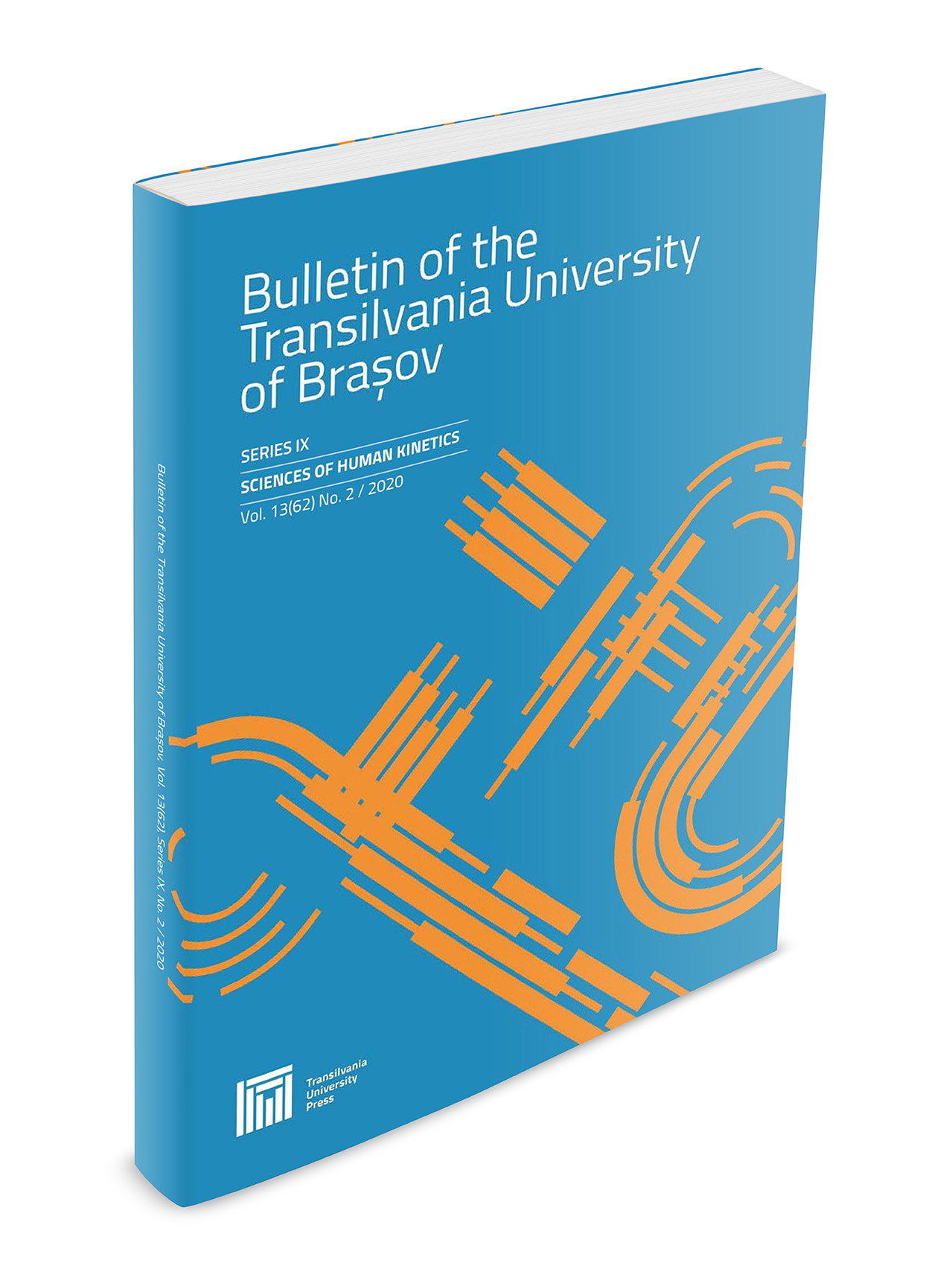The Ludic Dimension and Learning the Minihandball in Primary Education
Keywords:
ludic activity, ludic dimension, motivations of motor practicing, training stages in mini handballAbstract
The initial process of motor learning/educating through the tailored contents in an adapted manner from the sports games constitutes at the level of training pupils from elementary education, a methodical issue that is approached differently and often misunderstood by teachers who teach the physical education discipline. The article tries to show that is still considered- even at the school level - that training means related to initiation lend to the method of analytic practice of the basic technical procedures (which also is at the origin of appropriation of game habits). However, at the small school ages, the nature of the individual has a higher need for free expression, as regards emotional manifestations, relational and especially motor skills. In this context, we recommend in the learning process the use of motor skills (including the contents of specific mini handball) of as many ludic activities, in which the child is conducted to objectives pursued in designed education -without feeling it. The experiment applied to two groups of subjects from primary schools revealed that physical activity undertaken as a game represents efficiency during training. There are two reasons underlying this statement: firstly, the strong desire and proper well-being of students created within it, but especially through changes in driving behaviors and technical/tactical behaviors outcome from training and the effect it has on students. Thus, the results achieved when evaluating the bilateral game, averages have ranged between 7 during initial testing and 9.27 during final testing for Group Ex., respectively for Group C, the average values started from 6.3 during initial testing and to 7.55 during final testing. For the two technical-tactical trials the EX group students achieved an average of between 7.88 during initial testing and 9.11 during final testing and those in Group C 6.38 during initial testing and 7.61 during final testing.Downloads
Published
Issue
Section
License
Copyright (c) 2016 Bulletin of the Transilvania University of Braşov. Series IX: Sciences of Human Kinetics

This work is licensed under a Creative Commons Attribution 4.0 International License.





